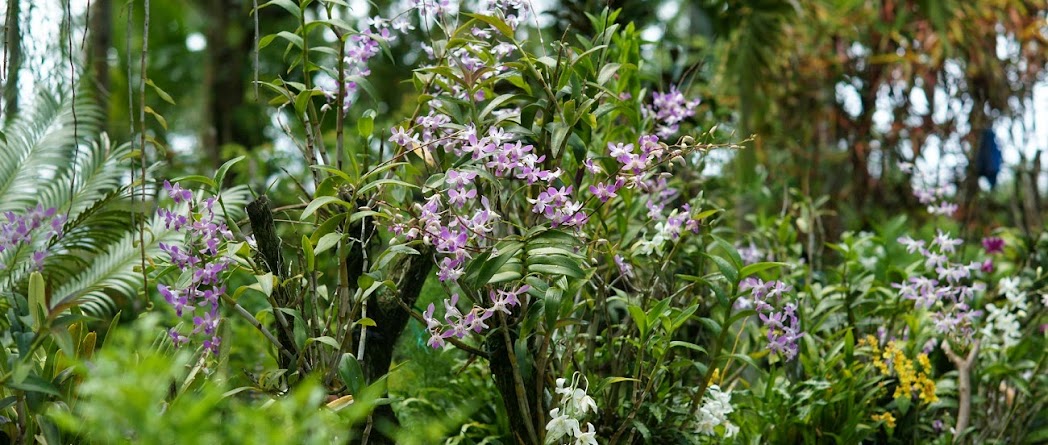Orchids >
Paphiopedilum Orchids > Paph.
Concolor
In 1865. John Lindley described it as Cypripedium
concolor.
In 1889. Ernst Pfitzer transferred it to Paphiopedilum.
+Pfitzer+flower.JPG) |
| Paphiopedilum Concolor |
+Pfitzer+orchids.JPG) |
| Paphiopedilum Concolor Orchid |
+Pfitzer+picture.JPG) |
| Paphiopedilum Concolor Picture |
Characteristics
Stem Paphiopedilum concolor is a terrestrial plant 20 cm height,
Roots
Leaves light green leaves are marbled with darkgreen marking.
Flowers Pretty yellow-flowed. The flowers bloom almost 2 mouths. From the center of its foliage emerge 1 - 3 flowers on a mall erect floral scape of 10 cm.
Widespread : Thailand, Myanmar, China
., eastern Burma .
Growing : It grows at low elevations on limstone and close to the sea.
 |
| Paphiopedilum Concolor Orchid Picture |
 |
| Paphiopedilum Concolor Orchid Picture |
 |
| Paphiopedilum Concolor Orchid Picture |
Ecology Paphiopedilum concolor can be grown in a pot containing a mixture of leaf mold, sphagnum, fir bark. Air humidity of more than 70 percent.
Paphiopedilum Concolor requires partial shade and air humidity of moer than 70 percen. If temporary dry
Paphiopedilum concolor will not harm the plant, but may interrupt flowering.
Genera Paphiopedilum















+Pfitzer+flower.JPG)
+Pfitzer+orchids.JPG)
+Pfitzer+picture.JPG)


